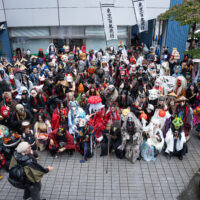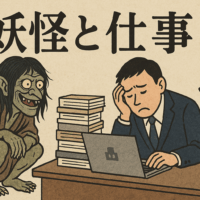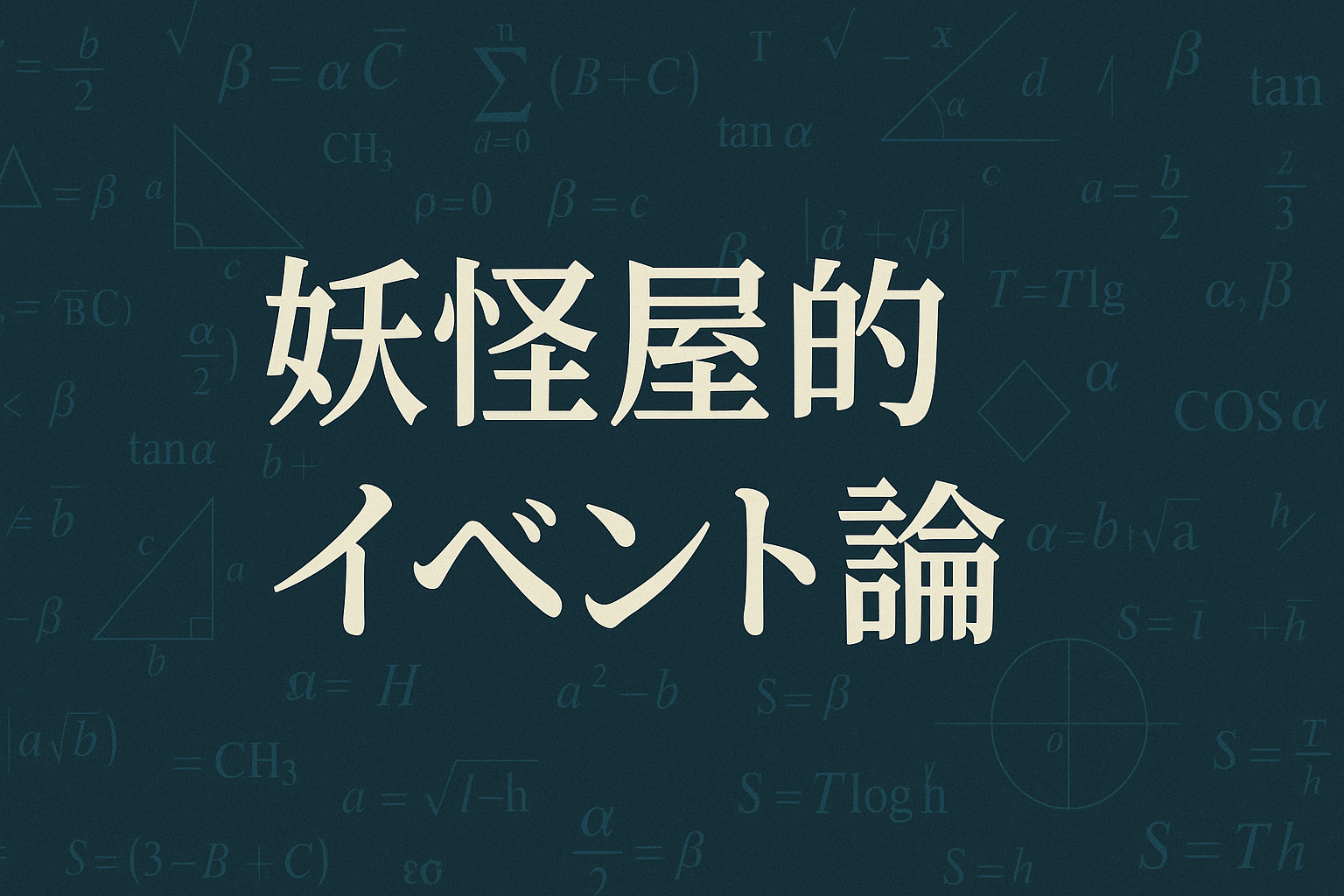
Urged to say "Itsuma Ten"
Hello, this is Kamiyo. At the end of last month, I met with Yokai-ya-san, the administrator of this website "Yokai Channel", for the first time. I asked him about the reviews of the articles, and I'm relieved to hear that the number of hits to the articles is steadily increasing. Thank you for your continued patronage. I will continue to update the articles little by little, so please keep watching over me.
---------------------------------------------------------------------------------------------------------
Have you ever regretted using the wrong words? Honestly, I can't count the number of times. After talking with someone, I have a self-reflection session in my head, thinking, "What I just said was inappropriate considering that person's current situation," or, "No, that was just plain rude," but is this a common occurrence?
To begin with, Japanese is difficult. For example,teethIn the sentence "I hope you're well," the speaker is assumed to be talking to someone who doesn't seem to be feeling well.tooOn the other hand, if you say "I hope you're doing well," it would be assumed that you are speaking to someone who looks healthy. That's right, just one character difference can completely change the meaning of the sentence.
Today's featured monster“Itsu Shinten”This yokai can teach us about the difficulties of the Japanese language.
Itsumade is a giant bird-like monster with a human face, a snake's body and wings. According to an anecdote from the Taiheiki, which is said to be the origin of this monster, it appeared in the sky over Kyoto around 1334, when many people died from an epidemic."Forever and ever."It is written that the cries caused anxiety among the people.
So, why does this monster teach us about the difficulty of the Japanese language? In fact, in documents from the Showa period onwards, this monster appears if a corpse is left unattended on the battlefield for too long,"For how long, for how long?"It is said that the vengeful spirits of the dead take the form of Itsumaden and cry out,Give your body a proper burialThis is what I interpret as him saying.
The only difference between the original and later versions is whether its cry is "forever" or "until then." Its characteristic of appearing in places where there are many deaths and the appearance of the yokai itself are largely unchanged.
Nevertheless, in the original"This disaster will continue forever."In this sense, Izumoten has the image of a minion of evil who cries, but the latter is"Please bury the body and don't leave it lying around forever."In this sense, the yokai cries as a spokesperson for sorrow.
Just one character can completely change the image of the Japanese language. Perhaps the history of Izumoten contains a lesson in using the language of one's own country properly.
(Image: Konjaku Gazu Zoku Hyakki)







No comments yet.